Fountain People 0000020 Water Playground Central Controller Transmitter User Manual pt 2
Fountain People Inc. Water Playground Central Controller Transmitter pt 2
Contents
- 1. user manual pt 1
- 2. user manual pt 2
user manual pt 2
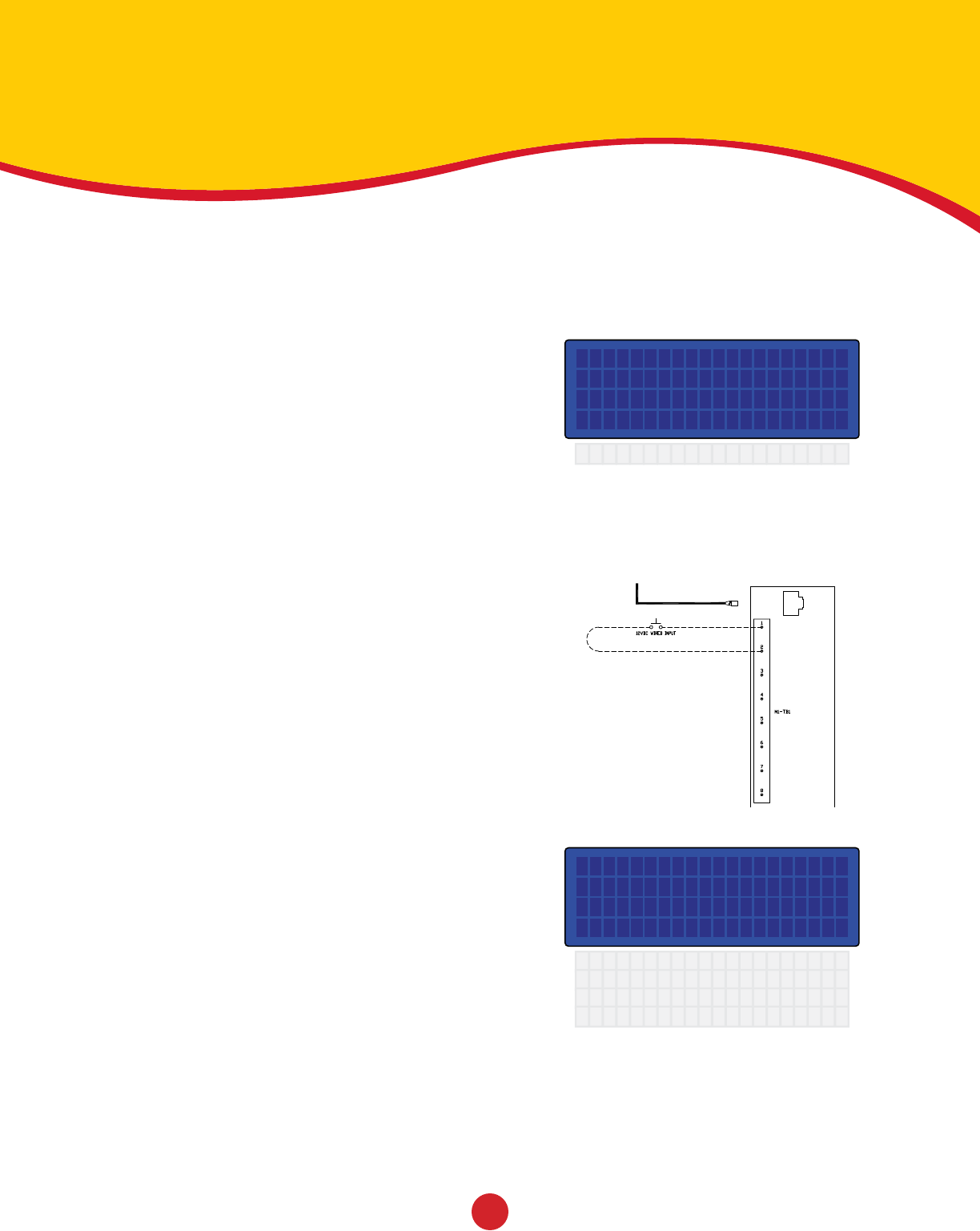
© 2008 FOUNTAIN PEOPLE, INC.
version 1.2
Activators
The DSC can test activators to determine if they are properly wired
and that they are correctly located in the aquatic playground.
Wired Activators
Each activator is wired to its own terminal location. This location
is associated with one or more water features as described in your
event table and electrical drawings.
Starting on the Main Screen, press [SETUP] [3] [4]. This will display
the Input/Output Status screen. The terminal status is displayed for
the Input and Output Modules. The input modules are labeled as DCI
in the Type column.
Use the [UP ARROW] and [DOWN ARROW] keys to display the input
module you wish to test. At this point have someone press the
activator while watching for a ° to be displayed corresponding to
the terminal of the activator that has been pressed.
Note: If the terminal displayed is not correct, the activator
wiring is connected to the wrong terminal. Check your electrical
drawings and site plan and make any necessary corrections.
Wireless Activators
Each activator sends its own address comprising of a group (A,B,C,
or D) and a code (1 thru 8). This address is associated with one or
more water features as described in your event table and electrical
drawings.
Starting on the Main Screen, press [SETUP] [3] [3] [1]. This will
display the Recent Transmits screen. The most recently activated
transmitters’ address (Group and Code) is displayed on line 1 with
the time the transmission occurred. The nine previous transmissions
are displayed as well on the following lines 2 through 10. At this
point have someone press the activator while watching for the
transmitters address and transmission time to be displayed on line 1.
Note: If the address displayed is not correct, it is possible that the activator was installed in the wrong
location. At this point the activator can be moved or the events using this activator can be modified.
Input/Output Status
ID Type 12345678
²1³01 DCI: ±°±±±±±±
µ 02 ACO: ±±±±±±±±
µ 03 ACO: ±±±±±±±±
Recent Transmits
ID Time
1 A5 11:37 AM
µ A1 11:32 AM
3 A3 11:21 AM
4 A3 11:19 AM
5 A2 11:03 AM
6 A1 10:57 AM
17
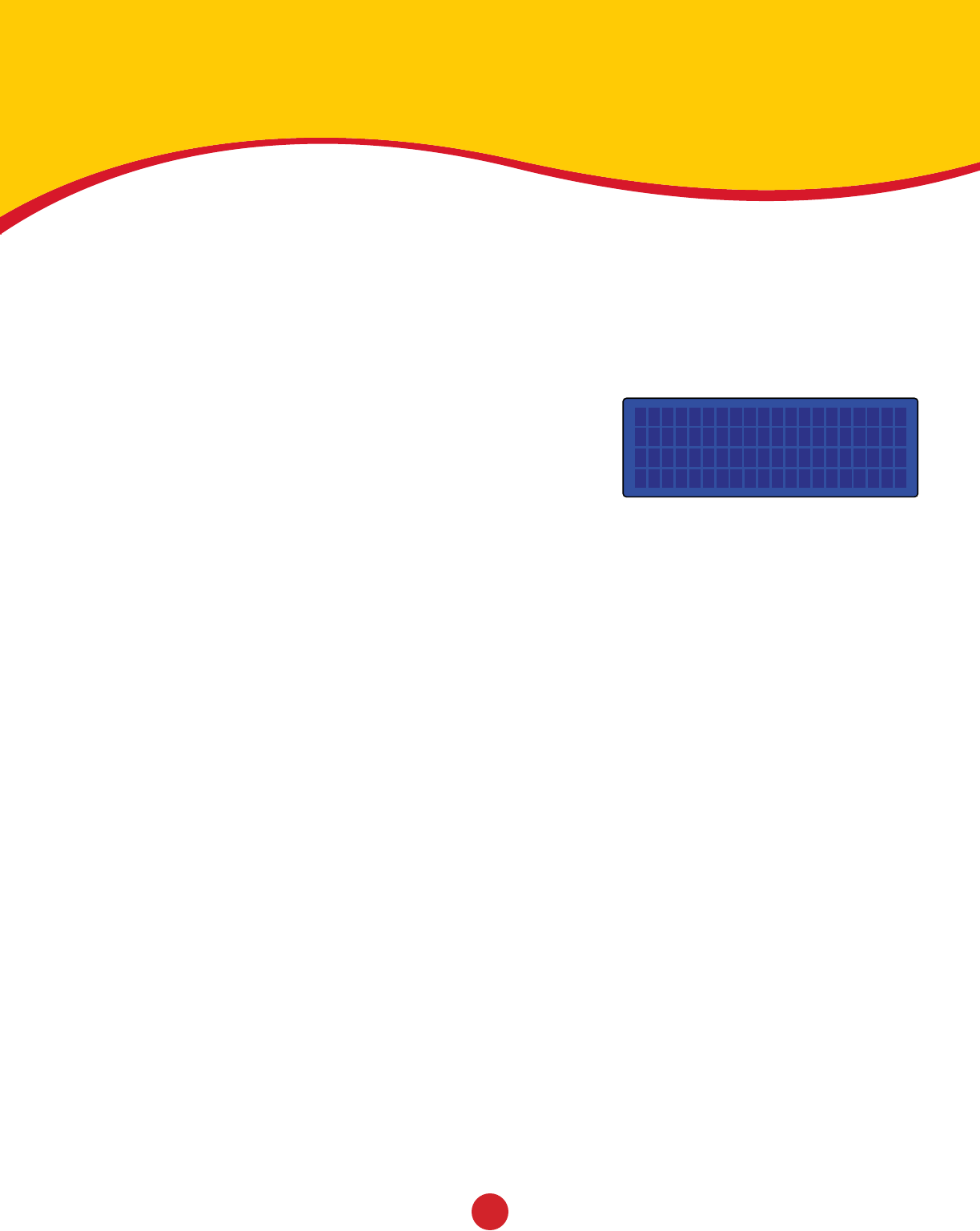
© 2008 FOUNTAIN PEOPLE, INC.
version 1.2 18
Test Outputs
You can bypass both the operating hours and the events to force the outputs of the
DSC on in order to verify that the water effect solenoid valves are working properly.
Each activator is wired to its own terminal location. This location
is associated with one or more water features as described in your
event table and electrical drawings.
Starting on the Main Screen, press [SETUP] [3] [4]. This will
display the Input/Output Status screen. The terminal status is
displayed for the Input and Output Modules. The output modules
are labeled as ACO in the Type column. Use the [UP ARROW] and
[DOWN ARROW] keys to select the output module you wish to test.
Using the [LEFT ARROW] and [RIGHT ARROW] keys scroll to the terminal you want to test. Once the cursor is on
the desired terminal press the [SET|CLEAR] key. This will display a indicating that the output has been turned
on. The corresponding output indicator on the selected module will light. The selected output now has power
and the associated water feature should be running. You can move the cursor to the next terminal and press the
[SET|CLEAR] key again to turn the output on. To turn the output off, position the cursor on the desired output
and press the [SET|CLEAR] key.
Continue to test the outputs associated with your aquatic playground.
Example: How to turn on output terminal 2 on module 1.
Starting on the Main Screen, press the following keys:
[SETUP] [2] [2] [1] [RIGHT ARROW] [RIGHT ARROW] [SET|CLEAR]
To turn the output off press the following keys:
[LEFT ARROW] [SET|CLEAR]
Or press [ESC | Back] to turn off all outputs and return to the System Tests menu.
Note: If you turn on an output and the wrong water feature turns on, the solenoid valve wiring is connected to
the wrong terminal. Check your electrical drawings and site plan and make any necessary corrections.
Input/Output Status
´ 01 DCI: ±±±±±±±±
²2³02 ACO: ±°±±±±±±
µ 03 ACO: ±±±±±±±±
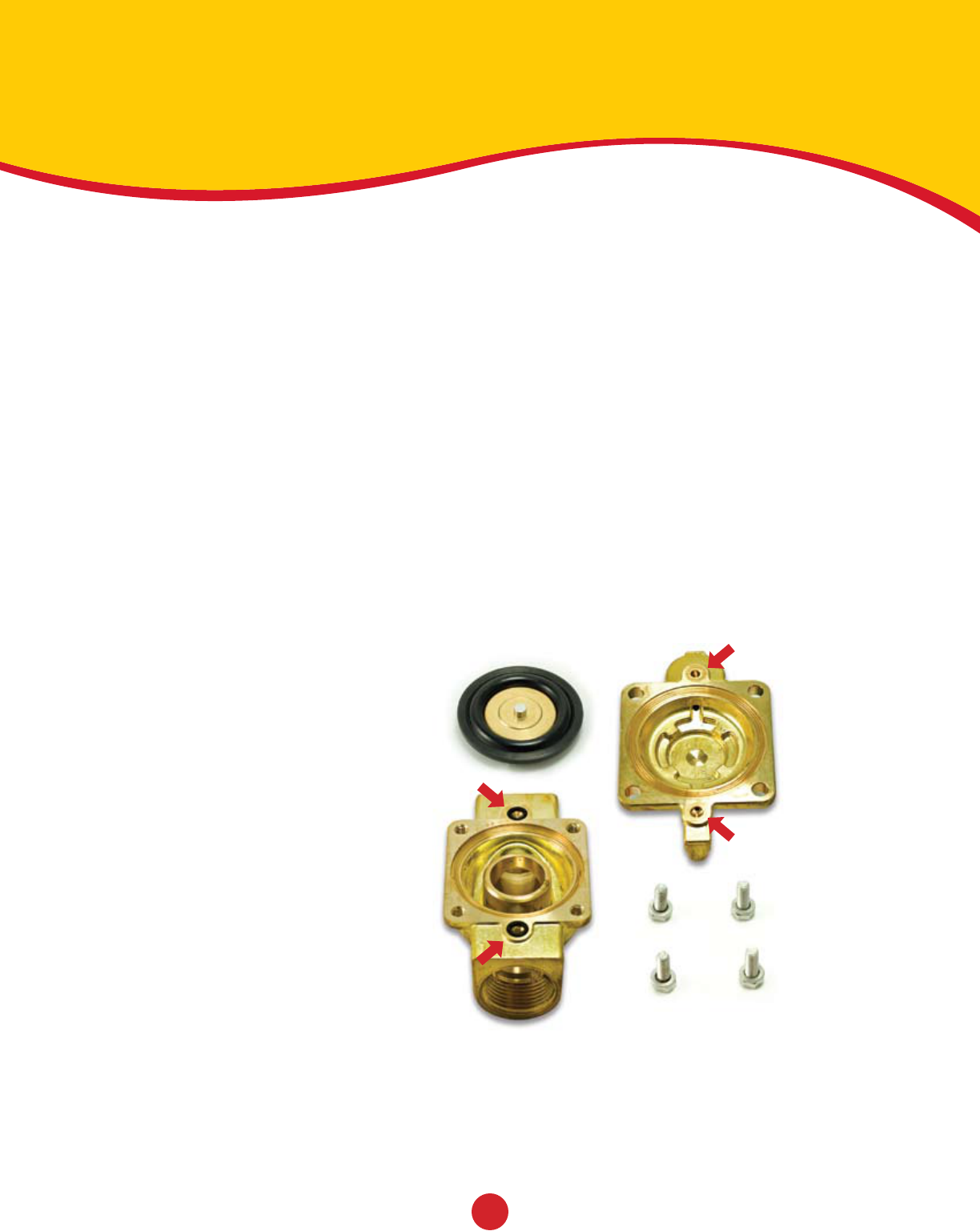
© 2008 FOUNTAIN PEOPLE, INC.
version 1.2
Checking Solenoid Valves
If aquatic play components are not working, it may be necessary
to check that solenoid valves are functioning properly.
If a water feature does not turn on and it has been verified that 24VAC power is present at the solenoid valve,
there may be too much back pressure on the valve. Check the system pressure gauge. Our systems are designed
for a maximum of 35 psi.
If a water feature does not turn off in the absence of 24VAC power to the solenoid valve, the solenoid valve may
be set on a manual position, or debris may be present inside the valve.
If the solenoid valves were supplied by Fountain People, Inc. and were manufactured by Granzow, they can be
easily serviced. Simply remove the four bolts, pull the top off then remove the diaphragm. There are four small
ports, two on the body with o-rings and two matching on the top cover. Note arrows on the photos at bottom.
Make certain that these ports are clear of debris and that the o-rings are undamaged. Rinse the inside of the
valve body and top cover then reassemble.
19

© 2008 FOUNTAIN PEOPLE, INC.
version 1.2 20
Aquatic Playground
This section covers a typical aquatic playground layout including aquatic play
elements, the Play Scenario™ and how it relates to the aquatic playground
and the events that instruct the water features how to operate.
What is an Aquatic Playground? ................................ 20-23
Typical Layout ........................................................................ 21
What is the Play Scenario? ....................................................... 22
What are Events? .................................................................... 23
Modifying Events ..................................................... 24-26
Select an Event ...................................................................... 24
Event Settings ....................................................................... 25
Save Changes ......................................................................... 26
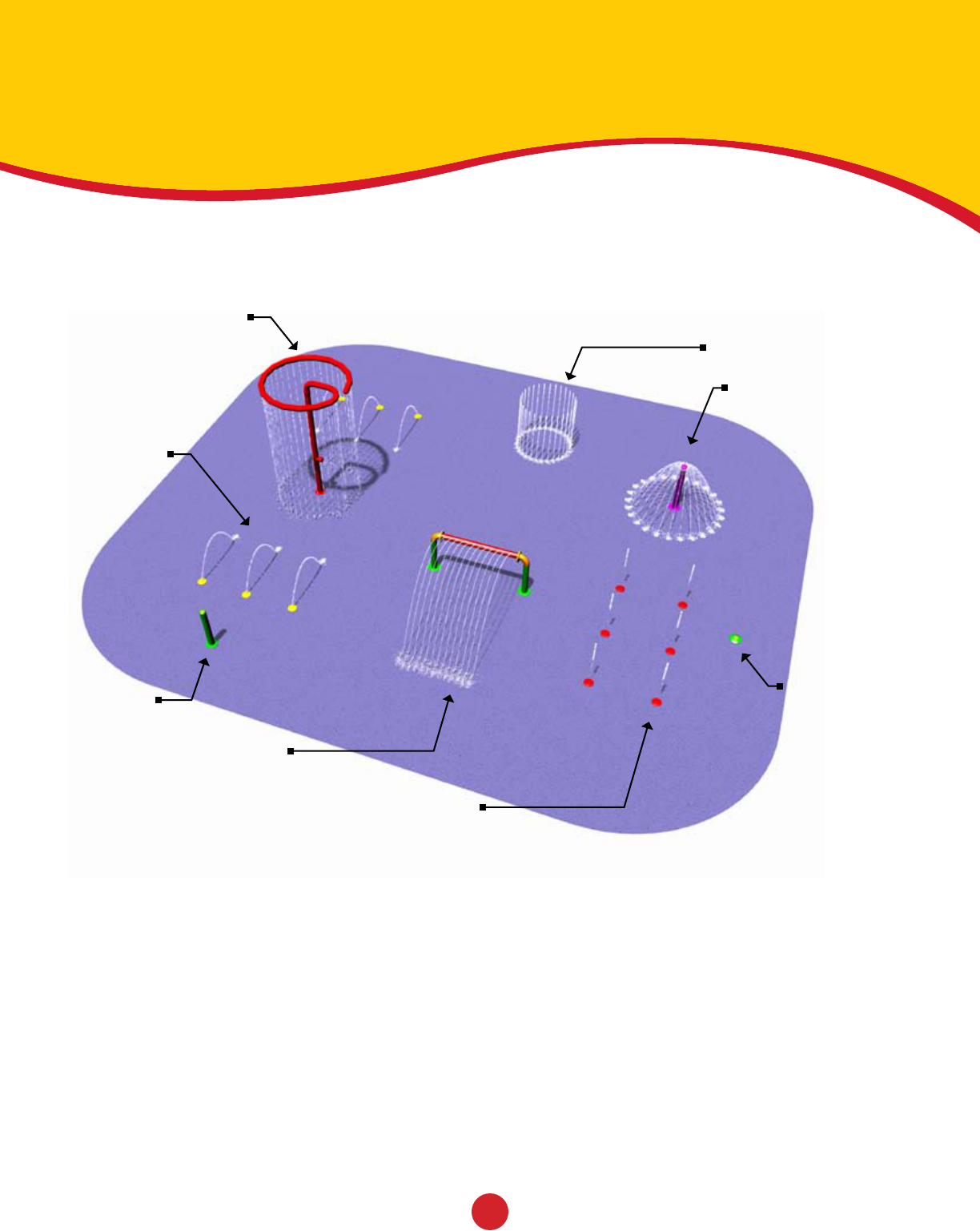
© 2008 FOUNTAIN PEOPLE, INC.
version 1.2
Typical Layout
This is general information concerning the operating characteristics
of different types of water features. Knowing these characteristics
will help when setting up and modifying the events.
Element Reaction Times
Larger elements like the Roll-A-Rail™or Weeping Water™ are typically controlled by a 1½” solenoid valve which
will take approximately 15 to 30 seconds to turn on or turn off. Since these water features typically drain down
when not operating they can take up to a minute to fill back up. Due to the slow reaction time, larger water
features such as these work well with duration and cycled events where the solenoid valves are changed every
few minutes.
In-ground water features such as Aqua Arches™ are typically controlled with a 1” solenoid valve and will take
approximately 5 to 10 seconds to turn on or turn off. Water features like these, when grouped together, work
well with defined and random events where the solenoid valves are changed every 10 to 20 seconds.
Pop Drops™ are programmed for fast action solenoid valves and can turn on or turn off in as little as ½ second.
A ½ second pop on followed by a 1 to 2 second off time creates an interesting globule of water. Pop Drops are
ideal for defined and random events where the solenoid valves are cycled every ½ second or so. This creates a
very lively water feature.
Water Web™ with
Integral Activator
Weeping Water™ with
Integral Activator Water Cage™
Roll A’ Rail™ with
Hand wheel
Launch Pad™
Activator
Group of 6 Pop Drops™
Group of 3
Aqua Arches™
Touch N’ Go™
Activator
21
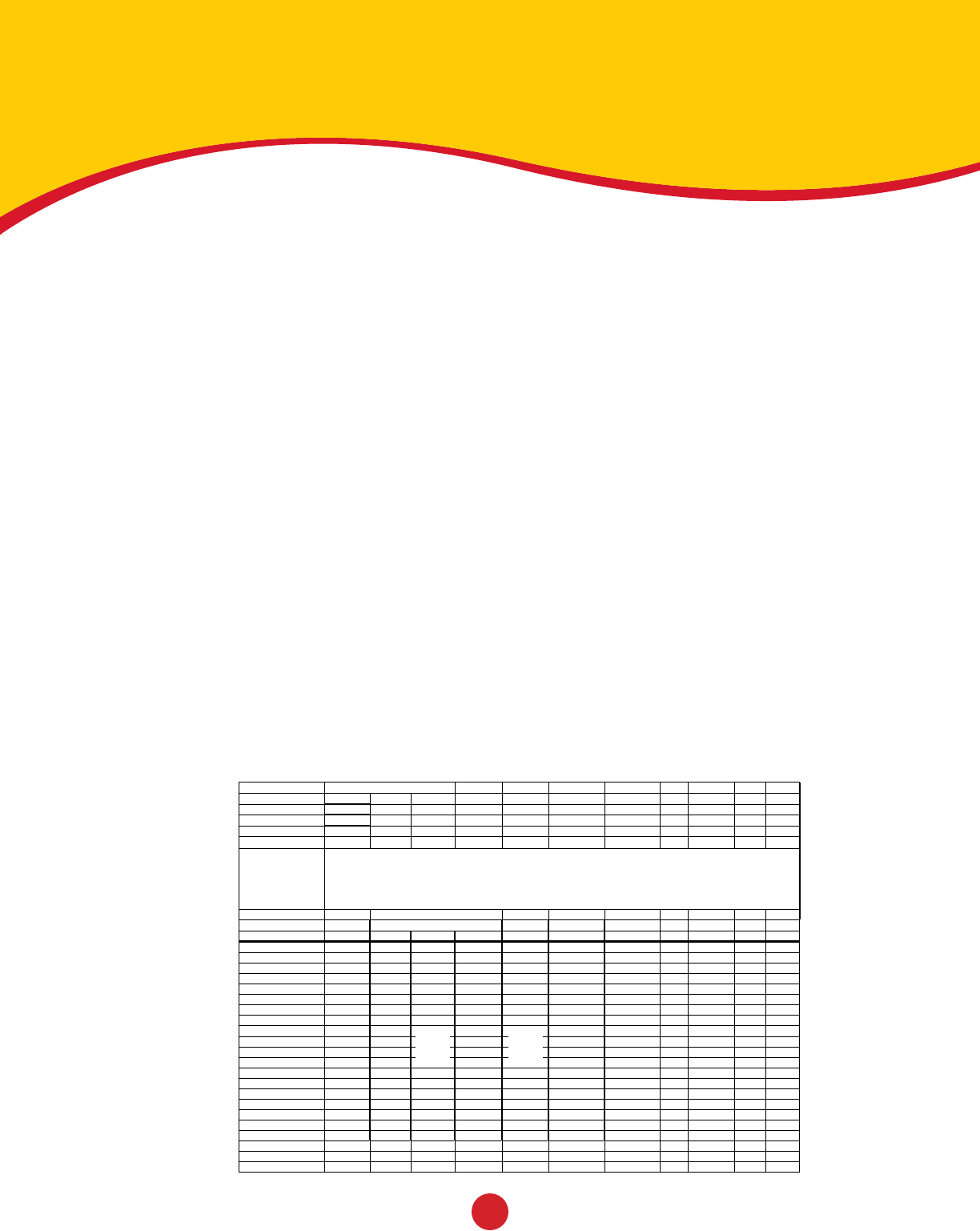
© 2008 FOUNTAIN PEOPLE, INC.
version 1.2 22
What is the Play Scenario™?
Contains all the events, sequences, and daily operating hours
used to control an aquatic playground’s behavior.
The DSC controller is shipped preprogrammed from the factory. During the design phase of each aquatic
playground a Play Scenario is written that describes how the water features will behave. This Play Scenario is
then organized into an event table. The event table lists how the water features are grouped, how the water
features are activated, and how the water features will behave when they are activated. Finally, a factory
programmer sets up a DSC controller using the event table designed for the aquatic playground.
An aquatic playground may have as few as one event or as many of 60. Below is a sample Play Scenario as well
as an Event Table that it was based on.
Sample Play Scenario
A Weeping Water™ is activated by an integral activator. When activated it will turn on for three minutes. See
event 6 below.
A group of 6 Pop Drops™ are activated by a Launch Pad™ near the water features. When activated they will
sequence quickly, changing every ½ second, for a 2 minute duration. See event 3 below.
A Water Cage™ and Water Web™ are activated by a Launch Pad™ near the water features. When activated the
Water Cage™ will sequence on and off for 45 seconds. See event 1 below. The Water Web™ will cycle on for 7
seconds and off for 3 seconds, the cycle will repeat for 45 seconds. See event 2 below
011
011
011
011
024
021
022
023
031
025
026
027
028
038
034
035
036
037
032
033
021-038
A1
A1
A1
A1
A1
A1
A1
A1
A1
A1
A1
A1

© 2008 FOUNTAIN PEOPLE, INC.
version 1.2
What are Events?
An event’s function is responsible for instructing the DSC how the water
features will operate when they are activated. The event itself is responsible
for linking all the activators to the functions of the water features.
Duration
When activated, a duration event will turn on one or more water features for a set period of time (duration).
When the duration has expired the water features will be turned off until the event is activated again. This is
perfect for larger water features which typically use slower valves to control the water flow to the effect and can
generally entertain a larger group of people.
Cycled
When activated, a cycled event will turn on one or more water features, in unison, for a specified time then turn
off the outputs, in unison, for a specified time. This cycle will continue to repeat until the event duration has
expired. When the duration has expired the assigned water features will be turned off, regardless of where the
event is in the cycle, until the event is activated again. This is useful for a wide range of effects.
Defined
When activated, this event will step through a defined sequence. Turning water features on and off based on the
patterns defined in the sequence. The sequence has a duration separate from the event duration. The sequence
duration determines the length of the sequence within the event. The sequence will repeat if the sequence
duration is less than the event duration. When the event duration has expired the assigned water features will
be turned off, regardless of where the event is in the sequence, until the event is activated again. This is useful
for faster acting water features.
Random
When activated, this event will randomly turn on the assigned water features for a random period of time. The
event will then turn on a new set of randomly selected water features for a random period of time. This will
continue until the event duration has expired. When the duration has expired all of the assigned water features
will be turned off until the event is activated again. This is useful for faster acting water features.
Cue
When activated, a cue event will activate one or more events. When the maximum duration of the selected
events for cue’s step has expired the cue will advance to the next step and activate those events. This will
continue until the cue’s duration has expired. If the cue finishes the last step prior to the end of the duration
the cue will start over with the first step and repeat until the duration has expired. When the duration has
expired the assigned events will be turned off, along with the individual events’ water features, regardless of
where the event is in the cue, until the event is activated again. This is a very powerful event, and offers a vast
capability.
23
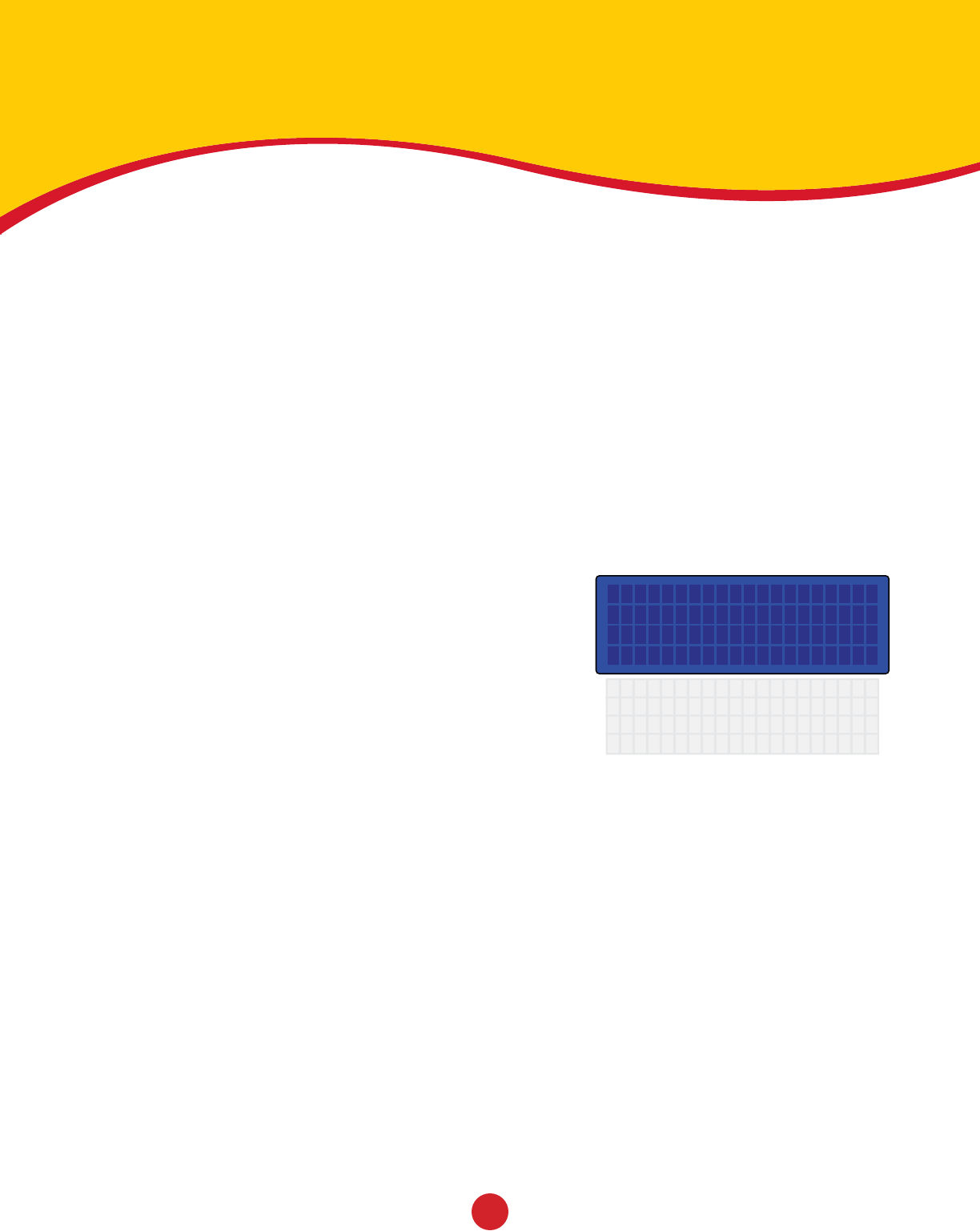
© 2008 FOUNTAIN PEOPLE, INC.
version 1.2 24
Select Event
As mentioned previously, the DSC controller is shipped from the factory preprogrammed with the events defined
by the Play Scenario™. These Events can be modified; however, we strongly suggest calling the factory before
making any significant changes. We maintain records for every aquatic playground so that we may be of
assistance if needed.
To display a list of the events stored in your DSC perform the following steps.
Starting on the Main Screen, press [SETUP] [1] [2]. This will display the Edit Event Selection List screen and
place the cursor on the first event.
Use the [UP ARROW] and [DOWN ARROW] keys to scroll through the list of events. Once the event you wish to
edit is next to the right arrow on the display, press the [RIGHT ARROW] or [ENTER] key to select the event. This
will take you the Edit Event screen. You can also use the number keys to quickly scroll through the event list.
When adding a new event, the DSC automatically assigns that event to the next available event number.
Edit: Select Event
1³DSC Duration
µ DSC Cycled
3 DSC Cycled
4 DSC Random
5 DSC Defined
6 DSC Random
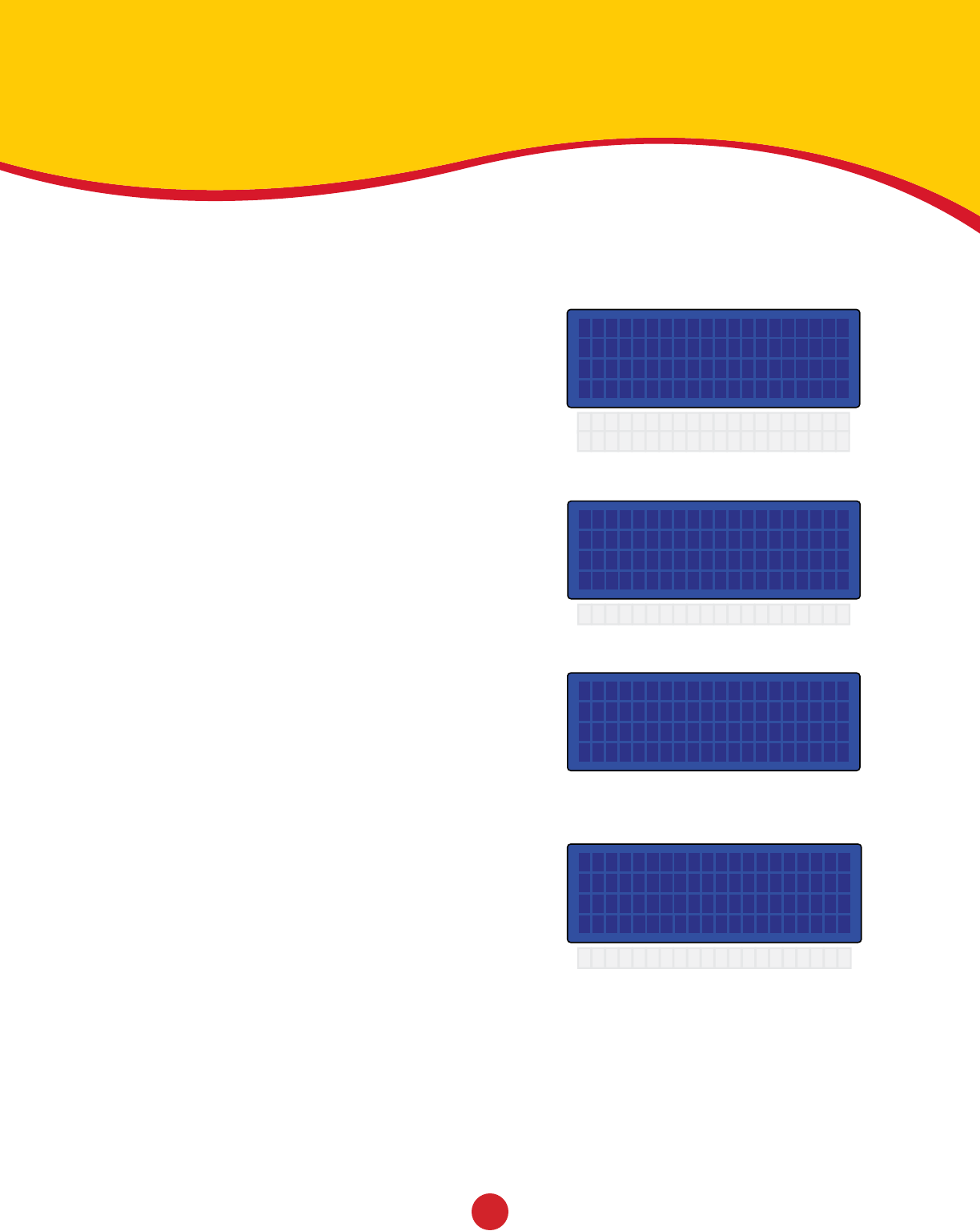
© 2008 FOUNTAIN PEOPLE, INC.
version 1.2
Event Settings
Basically, the controller gives the commands that cause the aquatic
play equipment to turn on and off. Each Event will require the
following settings to be entered.
Type is:
Select the event function type that determines how the water features
will behave when activated. Possible types are Cue, Cycled, Defined,
Duration, and Random.
Activators:
Select one or several activators to be used by the event. Activator
types are Clocks, Wired, and Wireless.
Outputs:
Select one or several outputs assigned to the water features that will
be controlled by the event.
Event settings:
Enter the function settings for the event. This will include the event
duration and other settings specific to the event function type.
Edit:01 DSC Duration
²1³Type Is: Duration
µ Activators 1
3 Outputs 11
4 Settings
Activators
1³Clocks 0
µ Wired Inputs 1
3 Wireless 0
Outputs
ID Type 12345678
²1³02 ACO: -°°°°°°°
µ 03 ACO: ---°°°-°
Settings (Duration)
1³Dur: 00:00:30.0s
µ »Continuous: NO
3 Advanced
25
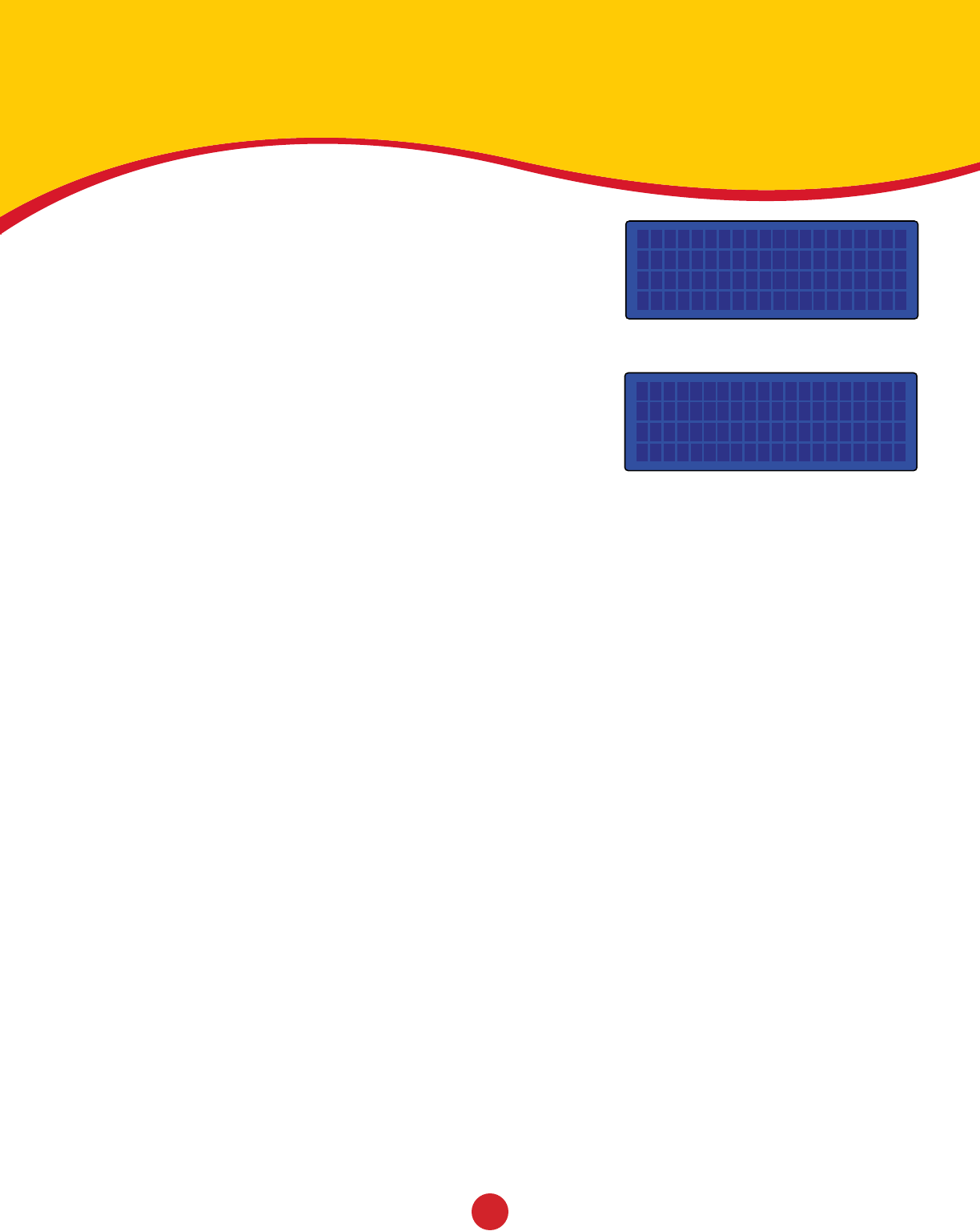
© 2008 FOUNTAIN PEOPLE, INC.
version 1.2 26
Changes made to the DSC Settings can be permanently saved at
anytime simply by pressing the [SAVE] key. The following screen will
be briefly displayed informing you that changes have been saved.
Also when you are finished modifying the DSC settings and return the
Main Screen, if changes have been made, but not saved, you will be
asked if you would like to save the changes.
Save Changes
Saving
Scenario....
2 On: 00:00:05.0s
3 Off: 00:00:03.0s
5 On the Hour? No
6 Time and Day? No
7 ºTime 12:00 AM
8 »Days ±±±±±±±
9 Repeat Every? No
* » 00:00:00.0s
Save Changes?
1³No, Do Not Save
µ Yes, Save.
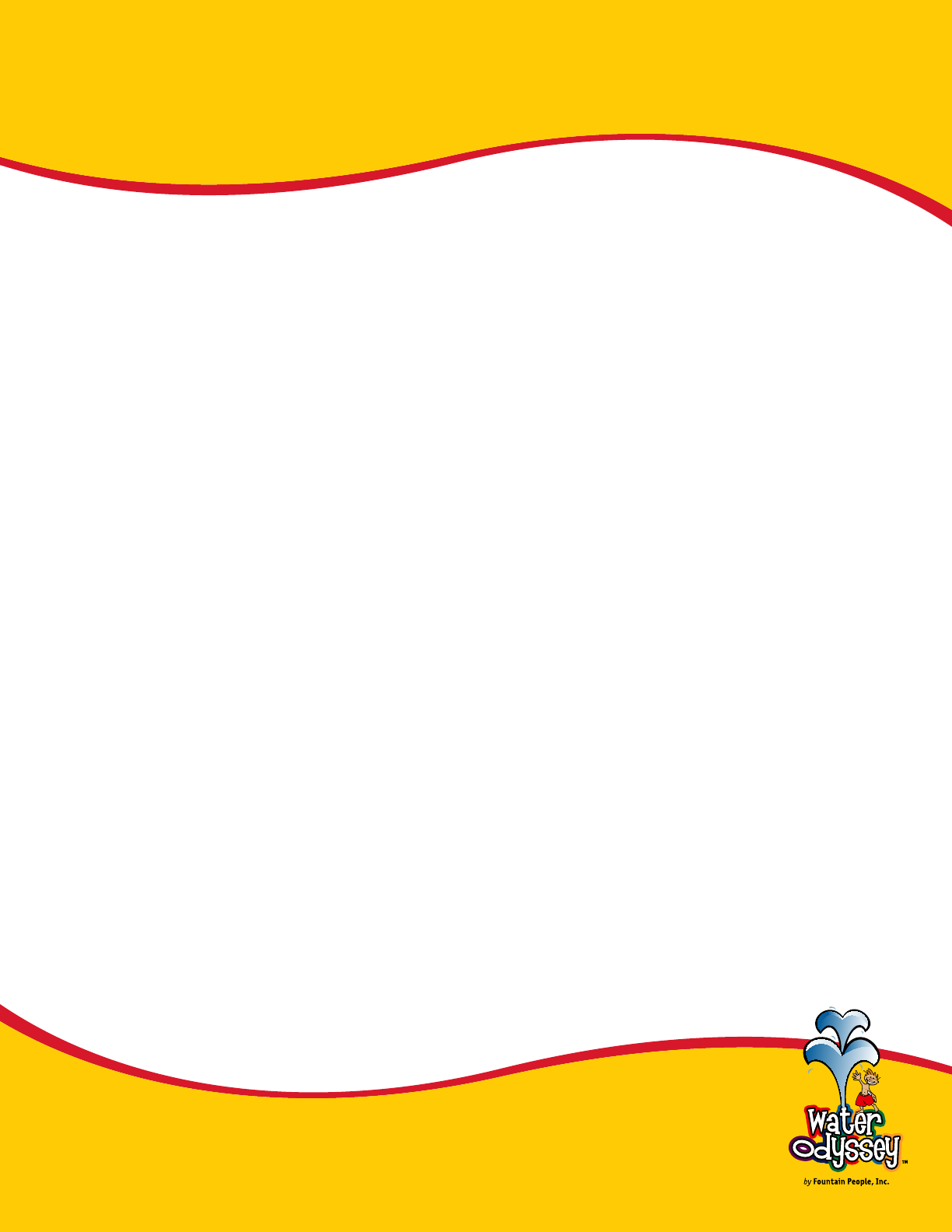
© 2008 FOUNTAIN PEOPLE, INC.
version 1.2
© 2008 Fountain People, Inc.